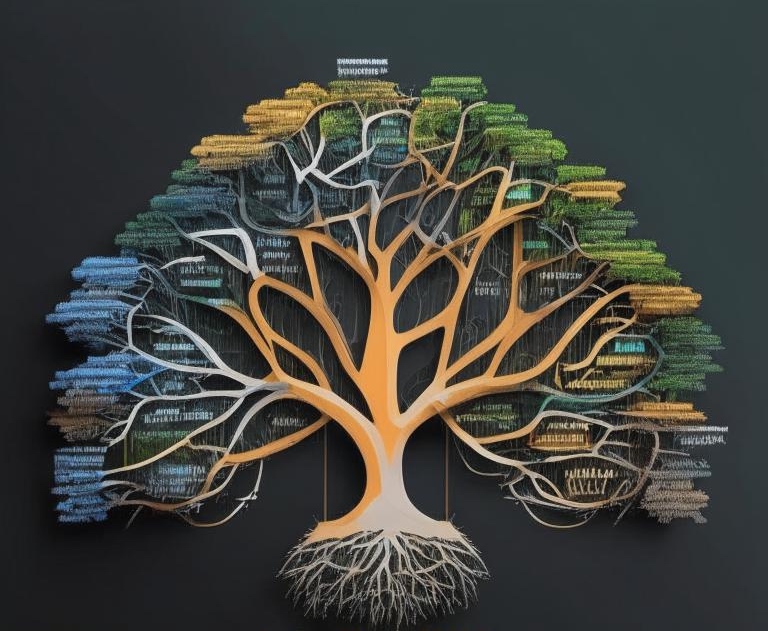Social Networks
by Oleg Sovetnik
Social Networks
-
Communication and content-sharing platforms: Systems like Facebook, Instagram, and X (formerly Twitter), where users can share photos, videos, text posts, and interact through comments, likes, and direct messages. These platforms are built on interaction and content creation, expanding users’ social ties through posts and mutual communications.
-
Professional networking platforms: Social networks focused on professional connections, such as LinkedIn. These platforms help users build their careers, establish business contacts, find jobs, and exchange professional information, transforming social connections into economic and social capital.
-
Social platforms for streaming content: Systems like TikTok and YouTube, focused on video content creation and consumption. Users can share their creativity or information through short videos, creating a new cultural and media space for content creators and viewers, where interactions occur through likes, comments, and subscriptions.
Relevant Sociological Theories for Conceptualizing Social Networks:
-
Strong and Weak Ties Theory (Mark Granovetter)
This theory helps explain how users of social networks maintain both close personal relationships (strong ties) and more superficial but useful contacts for information exchange (weak ties). In such networks, weak ties can be the primary channels for spreading new information, especially on professional platforms like LinkedIn.
The umwelt (environment) of social network users is built on balancing strong and weak ties, where users strengthen personal relationships and utilize weak ties for professional growth or idea exchange.
-
Social Capital Theory (Pierre Bourdieu, Robert Putnam)
Social networks are platforms for accumulating social capital. On professional platforms like LinkedIn, users accumulate social capital by establishing business connections and showcasing their skills and achievements. On communication and content-sharing platforms, users gain social capital through content creation, attracting followers, and participating in discussions.
From the perspective of social capital, the umwelt of social networks is an ecosystem where each interaction can become a source of resources, influence, or professional opportunities. For example, growing a YouTube subscriber base can lead to new social capital in the form of collaborations or sponsorships.
-
Theory of Filter Bubbles and Echo Chambers (Cass Sunstein)
In social networks, algorithms filter content, showing users information that aligns with their preferences, which can create filter bubbles. This limits exposure to alternative opinions, reinforcing echo chambers where users only see and hear confirmation of their beliefs.
The umwelt describes how social media algorithms create personalized information streams for each user, isolating them in their own informational world. This is particularly relevant for platforms like Facebook and Twitter, where users may inadvertently end up in echo chambers.
-
Social Group Dynamics Theory (Erving Goffman, Manuel Castells)
In social networks, users often present themselves differently depending on the audience (family, friends, professional contacts). Goffman’s theory of self-presentation and Castells’ theory of the network society explain how social groups form and interact in digital spaces.
In this context, the umwelt is defined by a user’s interaction with different social groups they belong to on social networks. This can be represented through different roles—such as a professional role on LinkedIn and a personal role on Instagram or Facebook.
For social networks, Granovetter’s theory of strong and weak ties is the most appropriate. It effectively explains how users build their interactions within networks that combine both strong and weak ties. This theory helps to understand how information and resources spread in the digital environment and how social networks facilitate both social and professional interactions.
social-network strong-weak-ties social-capital social-group-dynamics theory
